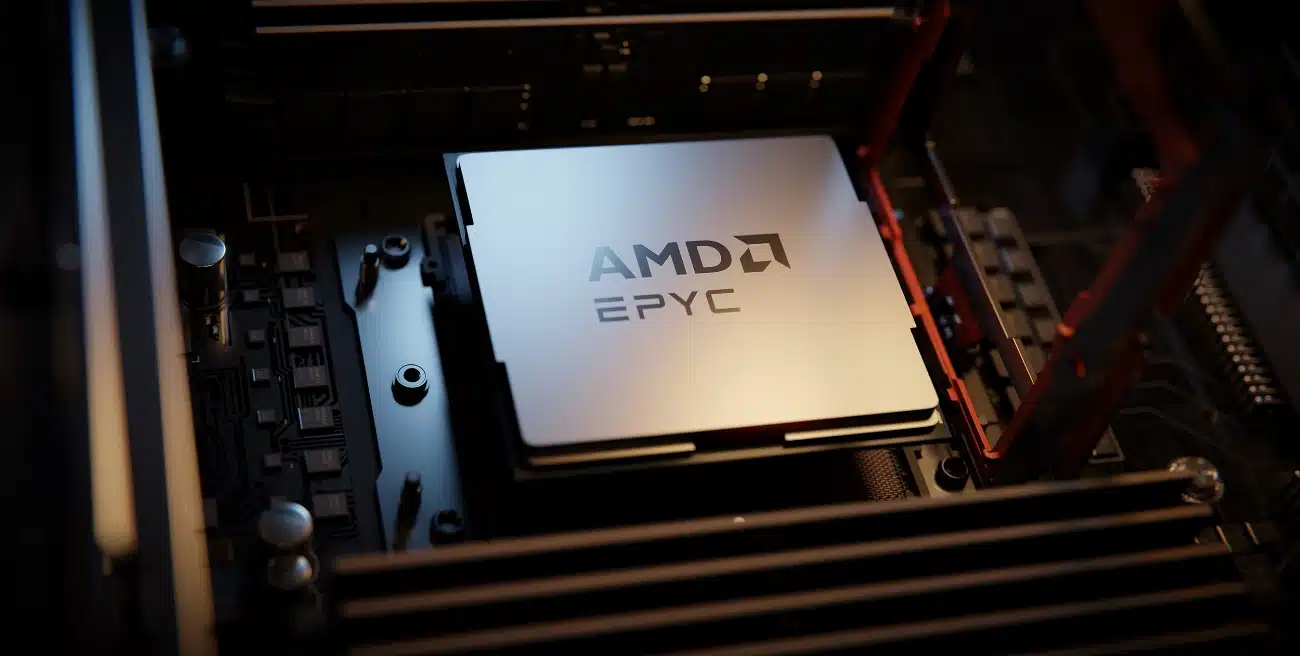Influencing the Influencers With ABM

ABM Program
With marketing spend a fraction of its closest competitor’s, AMD needs to be especially smart and strategic with advertising dollars. They have identified a group of Value Added Resellers (for Cloud hardware solutions) and we’ve built a marketing program centered around them. It’s the B2B version of influencing the influencers.
Media
Initial ABM efforts utilized Madison Logic, subsequently migrating to Demandbase. LinkedIn and AdDaptive intelligence have also been used, as well as endemic publications such as CRN.
Insight/Campaign Strategy
- Utilize best-in-class technology to reach niche audiences, internationally, while evangelizing internally
- There’s a reason ABM isn’t ABA (“Account Based Advertising”) – it extends throughout the marketing organization and requires stakeholder buy-in
- Measurement and attribution are key to validating media spend – particularly given recent cookie consent modeling updates which have restricted tracking capability
Results
By partnering with AMD to build the foundational business case for ABM, priorities have shifted away from prior HCI efforts, consolidating limited dollars into VAR, given substantial business impacts. Demandbase platform continually shows growth in metrics pertaining to key accounts and landing pages, as shown at right.
Plan at
a glance
Phase 1 (First Quarter)
Display only
Phase 2 (Remaining quarters)
Integrated media mix
Segment Program
Despite having a superior product, at the start of 2019 AMD EPYC competed in a market almost entirely dominated by Intel who had over 98% market share. Awareness of AMD EPYC was generally low, at best it may have been known for ‘good value,’ with limited SOV. AMD needed to increase targeted awareness by creating more moments of engagement with highly targeted audiences.
Insight/Campaign Strategy
- Reach the “heart of the market” – those IT decision-makers / influencers in enterprise and mid-market organizations who would recognize the importance of the processers and the impact they have on performance/reliability (data center decision-makers)
- In the Phase 2 “Rome” campaign, audience segments extended to include Cloud Users and HPC Stakeholders
Media
Phase 1 featured display only (due to limited creative availability and need for immediate in-market coverage), while Phase 2 introduced native, digital video (including CTV), and custom units.
Results
By better-adhering to best-practice media allocations, Phase 2 drove 64% more clicks and 2.3x more on-site engagement vs. Phase 1, while also garnering nearly 3.5MM video views, a wealth of custom content, and significant lift in brand awareness, as measured by Teads: 34% directional lift in US/UKI, with a lift of 27% (@ 90% confidence) for AMD EPYC.